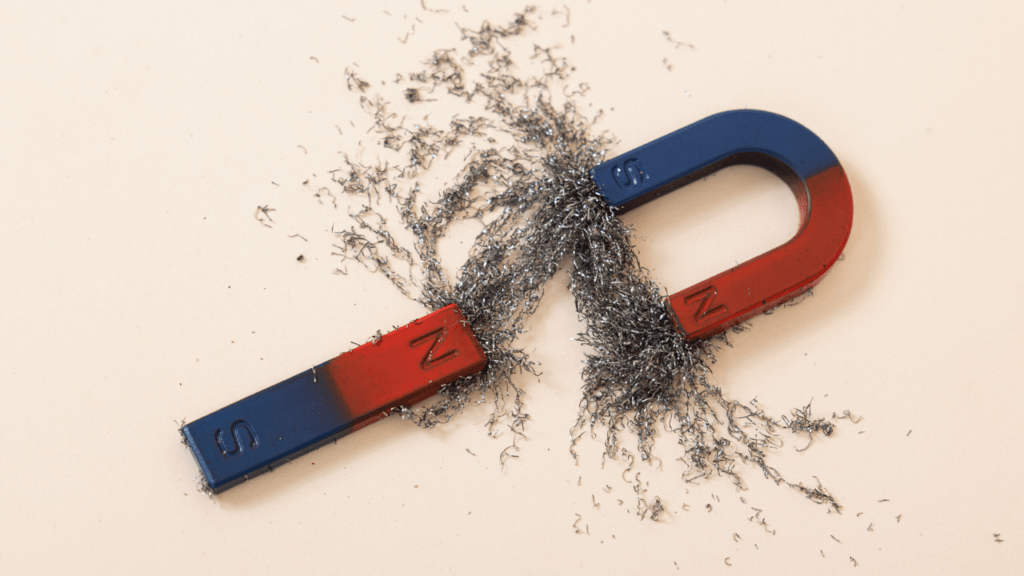
When it comes to shipping magnets, there’s more to it than meets the eye. Magnets, those seemingly simple yet incredibly useful objects, are found in various aspects of our daily lives. From refrigerator magnets to the magnets inside your smartphone, they play a crucial role. But when it comes to shipping them, there are essential considerations, challenges, and best practices to keep in mind.
Understanding Magnets and Their Ubiquity
Before diving into the intricacies of shipping magnets, let’s first understand what magnets are and their widespread use. Magnets are materials that produce a magnetic field, attracting certain metals like iron, nickel, and cobalt. They come in various shapes and sizes, each serving specific purposes.
Common Uses of Magnets
Magnets are ubiquitous in our modern world, serving a multitude of purposes:
- Refrigerator Magnets: These familiar magnets adorn our kitchen appliances, holding up shopping lists, photos, and important notes.
- Magnetic Toys: Magnetic building sets and educational toys are a favorite among children, fostering creativity and motor skills.
- Magnetic Locks: They’re widely used in homes and businesses for secure access control.
- Medical Devices: Magnetic resonance imaging (MRI) machines use powerful magnets to create detailed images of the body’s internal structures.
- Electronics: Your smartphone, computer, and various other gadgets contain magnets for functions like speakers, sensors, and data storage.
Shipping Challenges and Considerations
Shipping magnets may seem straightforward, but several challenges and considerations must be addressed:
1. Magnetic Interference: Magnets can interfere with electronic equipment, especially if they come into close contact with sensitive devices during transit. This interference can result in data loss or damage to electronic components.
2. Magnetic Attraction: Magnets can stick to ferrous (iron-containing) surfaces, potentially causing them to shift or become misaligned during shipping.
3. Polarity Matters: Magnets have polarity (north and south poles), and if opposing poles come into contact, they can demagnetize each other, reducing their effectiveness.
4. Fragile Nature: Some magnets, particularly ceramic or neodymium magnets, are brittle and can break easily if mishandled.
Shipping Regulations for Magnets
To ensure safe and compliant shipping of magnets, it’s crucial to be aware of relevant regulations:
1. Transportation Regulations: Various transportation authorities, such as the U.S. Department of Transportation (DOT) and the International Air Transport Association (IATA), have specific guidelines for shipping magnets. These regulations often classify magnets based on their magnetic field strength and potential hazards.
2. Labeling Requirements: Proper labeling is essential. Packages containing magnets should display clear labels indicating the presence of magnets and their magnetic field strength.
3. Packaging Guidelines: Proper packaging is vital to prevent damage and ensure safety. Magnetized materials should be securely packaged to minimize movement and avoid contact with electronic devices.
Best Practices for Shipping Magnets
To ship magnets safely and securely, consider the following best practices:
1. Separate and Shield: If you’re shipping multiple magnets, ensure they are separated to prevent attraction to each other. Shielding the magnets with materials like cardboard or non-ferrous metal can further reduce their magnetic field’s impact.
2. Use Proper Packaging: Select packaging materials that provide adequate protection, such as sturdy boxes and padding. It’s also advisable to use packaging specifically designed for magnetic materials.
3. Label Clearly: Clearly label your package as containing magnets and indicate their magnetic field strength. This alerts carriers and handlers to take necessary precautions.
4. Insulate from Electronics: Keep magnets well-insulated from electronic devices by using non-magnetic materials like foam or plastic. This prevents interference during transit.
5. Choose the Right Courier:
UPS: UPS provides comprehensive shipping services and is well-versed in handling magnetic materials.
FedEx: FedEx offers shipping solutions for magnets, including proper labeling and handling.
DHL: DHL’s international shipping expertise can be valuable when shipping magnets globally.
USPS: The United States Postal Service has specific guidelines for shipping magnets, making it a reliable option for domestic shipments.
Shipping magnets, despite their small size, demands careful consideration due to their unique properties. By understanding the challenges, regulations, and best practices involved, you can ensure that your magnets reach their destination safely and securely. Whether it’s a batch of refrigerator magnets or critical components for medical equipment, proper shipping ensures that magnets continue to play their essential roles in our lives.
Remember that safety and compliance should always be a priority when shipping magnets. With the right precautions and a reliable courier, you can confidently send these magnetic marvels to their intended recipients.
